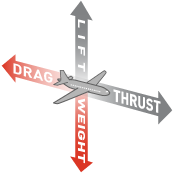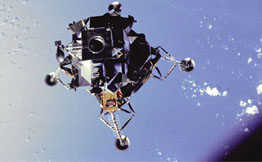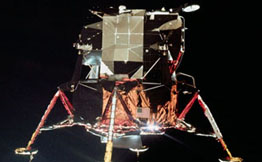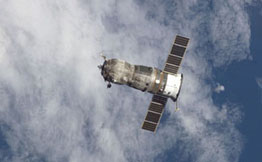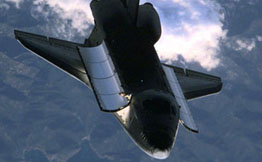How Does Space Affect Structure?
If a spacecraft flies only in space and not through an atmosphere, it does not have to deal with drag. Its shape and configuration can be sprawling and irregular. Instruments can be placed at the end of long booms; broad solar panels can be deployed to gather energy from the Sun.
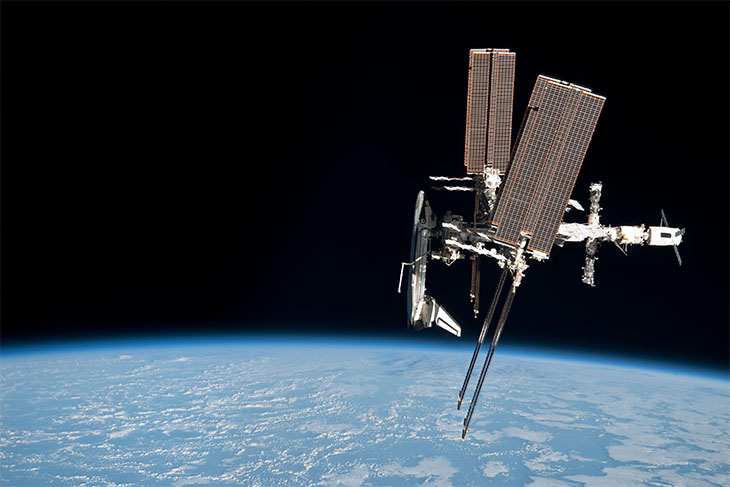
Construction on the International Space Station began in 1998 and was finished in 2012. The ISS is a joint effort between 15 different countries, including Belgium, Canada, Denmark, France, Italy, Germany, Japan, the Netherlands, Norway, Russia, Spain, Sweden, Switzerland, the United Kingdom, and the United States. This photo was taken from the perspective of a Russian Soyuz spacecraft on May 23, 2011, and shows Space Shuttle Endeavour docked to the ISS. Learn more about Moving Beyond Earth.
Keeping weight down is important, because of the high energy and cost needed to send even small amounts of mass into space. If manned, a spacecraft must have enough shielding to protect its occupants from such hazards as micrometeoroids and solar radiation.

